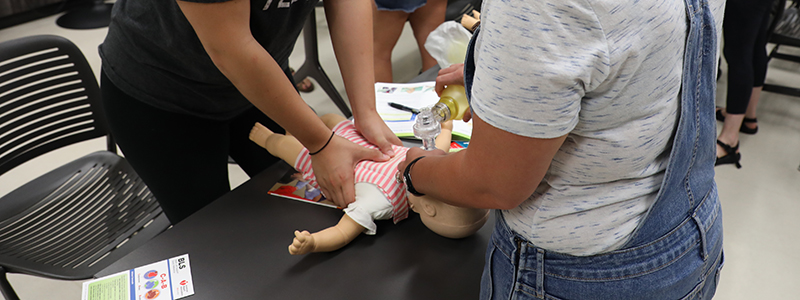Main Content Start
Emergency Medical Responder

By taking the high school concurrent emergency medical responder (EMR) course, you can kickstart your future in paramedic science. EMRs help those in medical emergencies by performing basic life saving services such as taking vital signs, controlling bleeding and performing CPR.
EMRs assist EMTs and paramedics on calls and often serve as the main ambulance driver while the EMT or paramedic cares for the patient in the back of the ambulance.
As the first medically trained person to arrive on the scene of an emergency, an EMR's initial care is essential as it's provided before any advanced emergency medical care. It could mean the difference between life or death.
By successfully completing this program, you will earn 3 NWACC credit hours.
Courses, Cost, Certificates & Careers
Concurrent EMR course:
- Emergency Medical Responder/ Emergency Medical Responder Lab (Concurrent Credit Emergency Services I)
Location of course:
- Don Tyson School of Innovation (Springdale)
NWACC offers this high school concurrent EMR course through its Secondary Career Center. Through the center, courses are free of charge and certification fees are waved for currently enrolled high school students.
Once you have completed the EMR concurrent course, you will be eligible to take the Emergency Medical Technician (EMT) concurrent course and pursue a certificate of proficiency.
Other certifications you can earn:
-
- American Heart Association BLS for Healthcare Providers
- HIPAA Training Completion Certificate
You can use your EMR training in the following careers:
- Law enforcement
- Fire rescue
- Industrial response